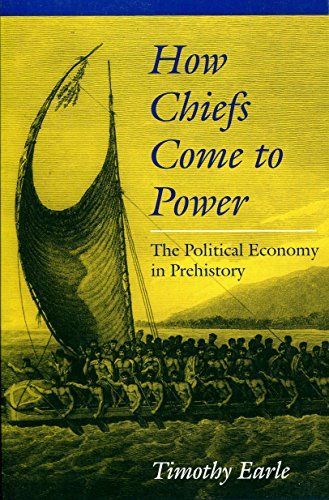
How Chiefs Come to Power The Political Economy in Prehistory
This book is basically about power-how people came to acquire it and the implications that contrasting paths to power had for the development of societies. Earle argues that chiefdoms, being a regional polity with governance over a population of a few thousand to tens of thousands of people, and with some social stratification, possessed the same fundamental dynamics as those of states, and that the origin of states is to be understood in the emergence and development of chiefdoms. His arguments are developed by three case studies-Denmark during the Neolithic and early Bronze Age (2300-1300) BC, the high Andes of Peru from the early chiefdoms through the Inka conquest (AD 500-1534), and Hawai'i from early settlement to its incorporation in the world economy (AD 800-1824). After summarizing the cultural history of the three societies over a thousand years, he considers the sources of chiefly power-the economy, military power and ideology-and how these sources were linked together.